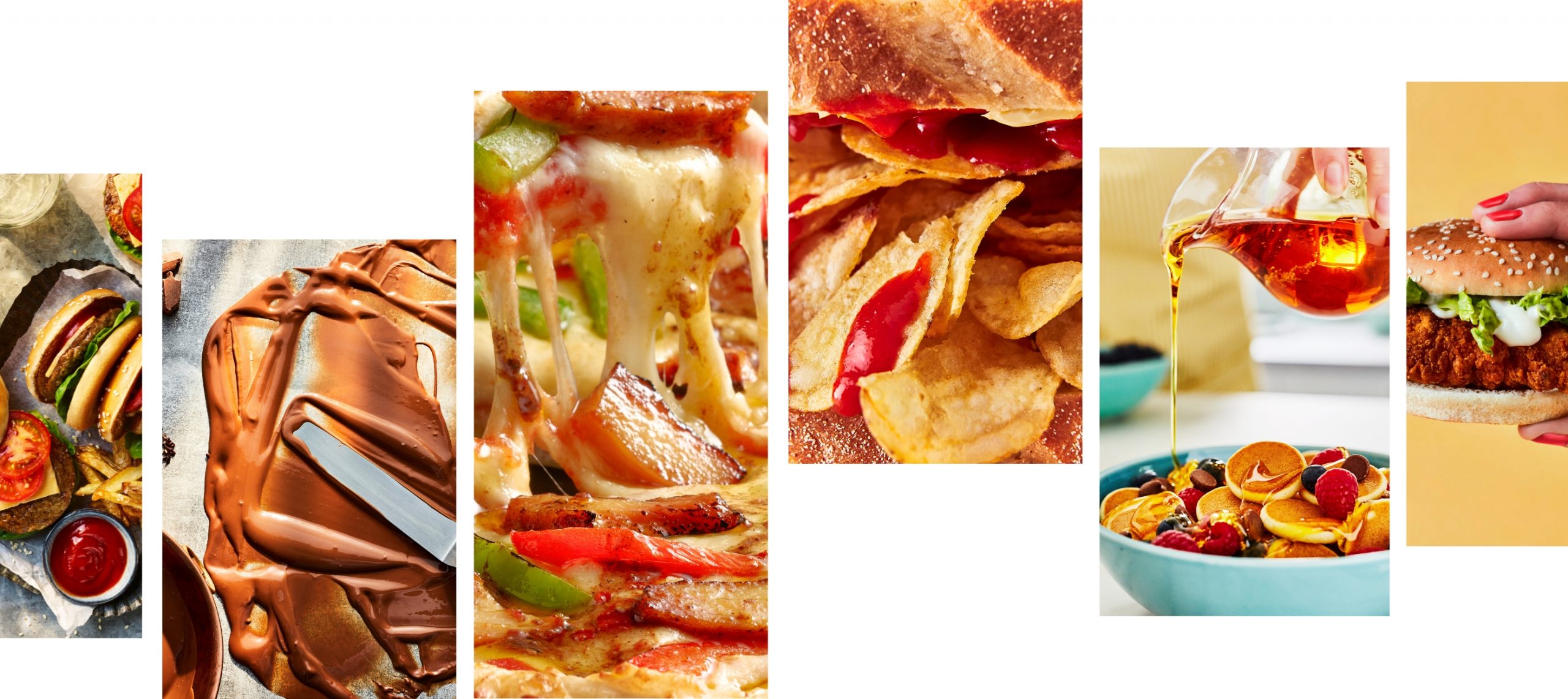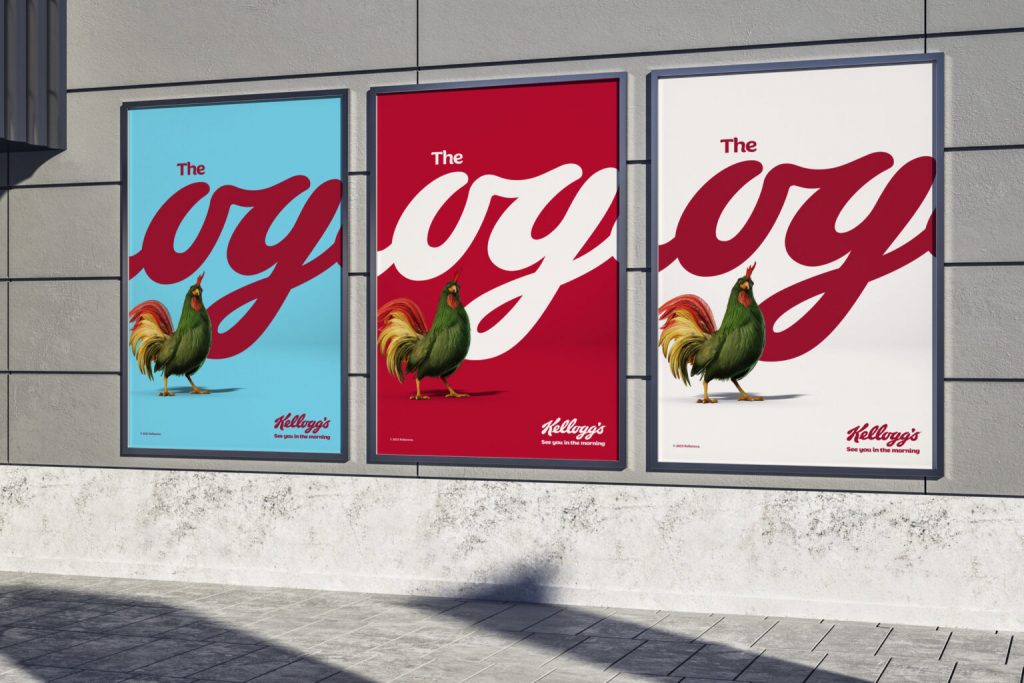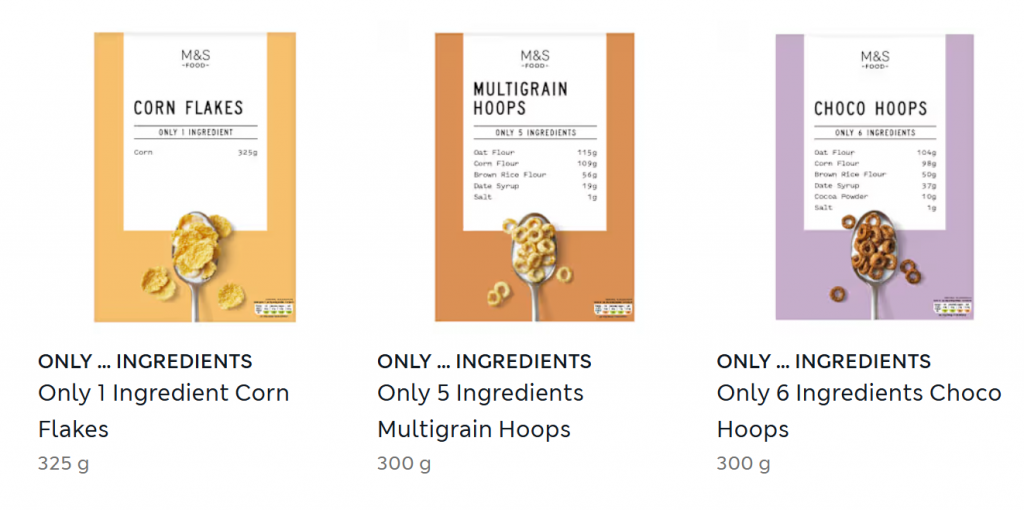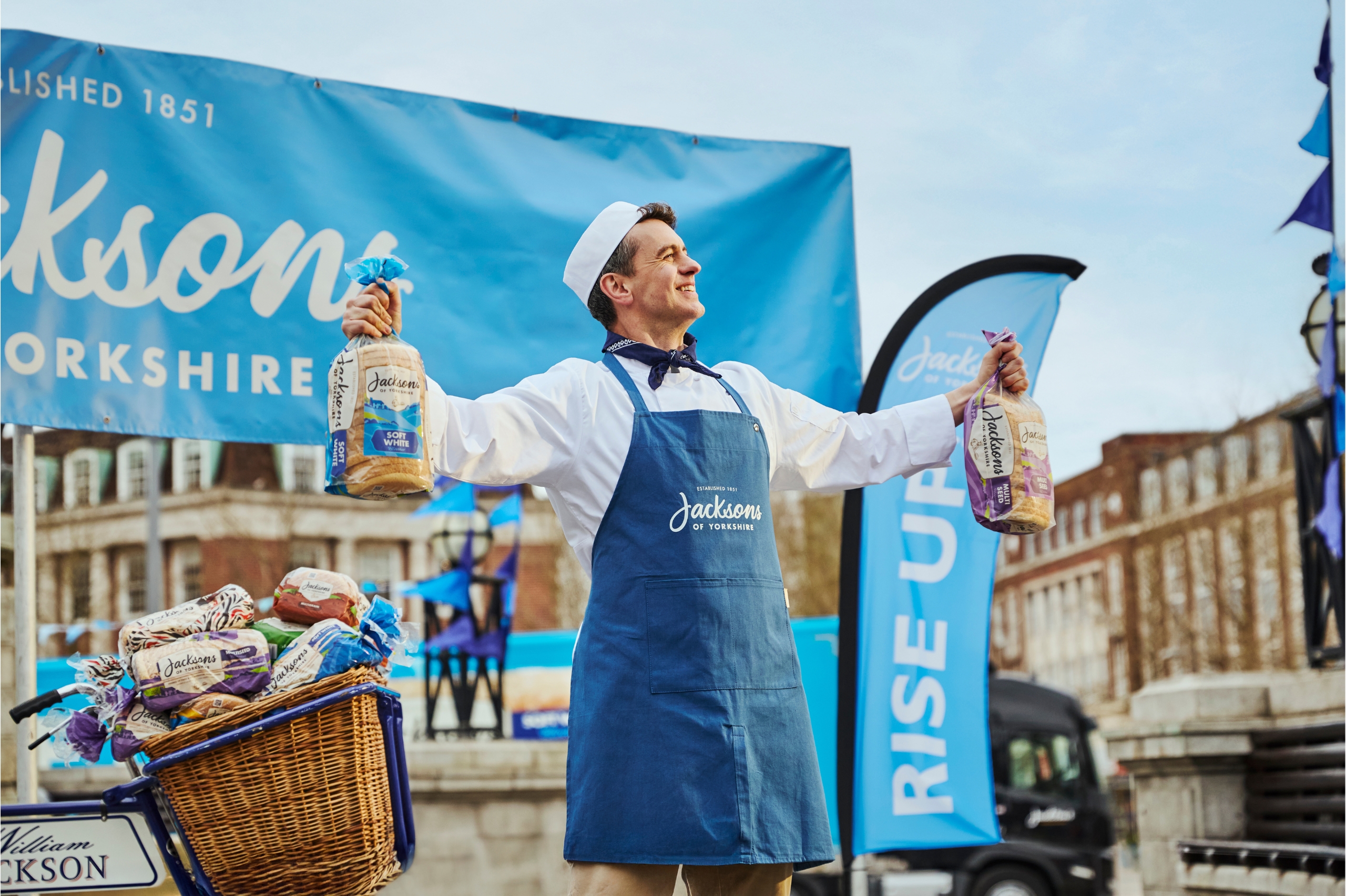How marketers can take on the new HFSS rules & win
Are you ready for the biggest shake-up in UK food and beverage advertising since the dawn of television?
Here’s our take: The 2025*HFSS regulations are not just a hurdle, they’re a massive opportunity to reinvent how you connect with consumers.
*Now delayed until January 2026.
About this post
Published
Author
May 13, 2025
What is HFSS?
HFSS is a categorisation used for food & drink products that are high in any or all of the following – fat, salt & sugar – and are deemed “less healthy” through nutrient profiling configured by the Department of Health.
The aim of the legislation is to restrict brands & retailers from promoting their “less healthy” products to audiences either online or in-store, from big supermarkets to smaller, local chains with 50 or more employees.
As it stands, there are regulations in force that restrict where products can be found within stores: things like chocolate bars not being placed at checkouts in stores over 2,000sqft or at the online checkout in e-comm environments. There are quite a few exemptions, so if you’re worried that you might be impacted, you can check out whether these rules apply to you here.
HFSS legislation was first consulted on in April 2019 in order to tackle the rising rates of obesity in the UK, however it isn’t until later this year that the key parts of the legislation actually enter play.

*The new less healthy food & drink products regulations have been delayed to January 2026.
What makes 2025 so significant?
Up until now, regs have mainly been in place to manage product placement in-store and what promotions can be placed on items but 2025 sees a major shift towards stricter, wider-reaching rules around HFSS products.
For marketers, this means a rethinking of strategy, creativity, and channels. The freedom to promote HFSS products in the same manner as they have in previous years is coming to an end. In 2025, they’ll be forced to navigate a more complex landscape, where even the most subtle cues (like the use of certain visuals, phrases, or themes) could fall under scrutiny.
There will be immediate reactions ranging from concern to confusion as brands scramble to realign their approaches.
The potential pitfalls for marketers who fail to adequately prepare for these changes are significant. Non-compliance could result in costly penalties, reputational damage, and the potential for market exclusion in certain regions. Beyond the financial risks, there’s a danger of alienating consumers who are becoming increasingly health-conscious, especially younger demographics who are more likely to scrutinise brands for their stance on public health and wellness.
As of October 1st, the following rules kick in:
- A total ban of HFSS products placed at key conversion locations in store (think checkout lines, store entrances, etc).
- A blanket ban of HFSS product advertising between 5:30am & 9pm on TV. Rumour has it that this one not only impacts brands, but also the broadcasters selling prime ad spots, meaning there’s a shift in showing times for shows like Corrie!
- Channels where under 16’s comprise 25% or more of the audience can’t feature HFSS ads.
- A complete ban on paid advertising for HFSS products, including on-demand streaming platforms not regulated by Ofcom.
This means that marketers will need to completely review their advertising strategies to maintain compliance and avoid hefty fines, but also to make sure their marketing is effective.
So what strategic moves should you make?
To stay compliant with the 2025 regulations, here’s a streamlined approach to act on now:
1. Plan ahead for October 1st: Develop a clear plan to meet the October 1st deadline. Conduct an audit of your advertising materials, identify areas needing modification and assign a project manager to keep everything on track.
2. Optimise online targeting: Ensure your targeting data is robust and compliant. Use first-party data, such as store loyalty or Visa card info, to exclude U16s and prevent misrepresentation of age online. Implement age-gating and refine targeting by life stages to avoid accidental exposure to younger audiences.
3. Create age-appropriate content: Avoid content that appeals to under-16s, like animated characters for products such as energy drinks. Focus on adult-oriented benefits and use age-gating tools on platforms like YouTube and Instagram.
4. Revise your media buying strategy: Media slots will be competitive. Plan well in advance and prioritise key advertising slots that align with your target audience. Consider programmatic buying for more flexibility.
5. Get creative within compliance: Explore new creative approaches that align with regulations. Emphasise quality, sustainability, or health benefits instead of using child-friendly visuals. Work with adult-oriented influencers to ensure messaging stays relevant.
Combatting change through creative
Changes in the HFSS regs don’t bring advertising to a complete standstill for brands with HFSS projects, we just need to think more creatively about how we can keep our brands top of mind.
The guidance is clear: no product-led ads through linear and on-demand services until post 9pm and you can’t directly advertise products using Paid on digital channels, but that doesn’t stop brands advertising altogether.
One route that brands can take is value- or culture-led advertising, like McDonald’s Fun Football ads that launched in 2022. No products are shown and the brand still gets to stay top of mind; it works well across digital channels organically as it’s nice and shareable content and it’s completely possible to advertise above-the-line too.
More recently, we’ve seen the rise of minimalist advertising, whereby brands aren’t necessarily using their products to sell more, but their recognisable brand assets like Kelloggs’ “OG” campaign. These brands are behemoths and have been building their brand for years, so for smaller brands impacted by the legislation, the brand building should start now if they want to hit the ground running.

What we’re also expecting to see is a huge surge in sonic advertising through radio, online radio and podcasts. In the UK, Podcast listening has grown year on year with an approximated 15.5 million listeners in the UK in 2025 and 30% of consumers in a recent survey saying they listen weekly. Tie this in with fewer restrictions for audio advertising and this could be a recipe for success, especially for brands that truly understand their target market and the kinds of podcasts they’ll be tuning into week on week.
There’s plenty more on the horizon: brand-led experiential events or pop-ups are set to thrive, providing an opportunity to engage consumers and keep brands front of mind.

Shopper marketing and promotional advertising will need to get smarter to drive in-store conversions, while marketers must maximise every available channel to succeed. Influencer marketing will continue to be a key player, allowing brands to build authentic, engaging content that resonates with their audience in a personalised way. Packaging innovation will also be essential for standing out in a crowded market, with brands experimenting with minimal designs like M&S’ “[number] ingredient packaging”, eco-friendly designs or incorporating QR codes for interactive digital experiences that further connect with consumers.






